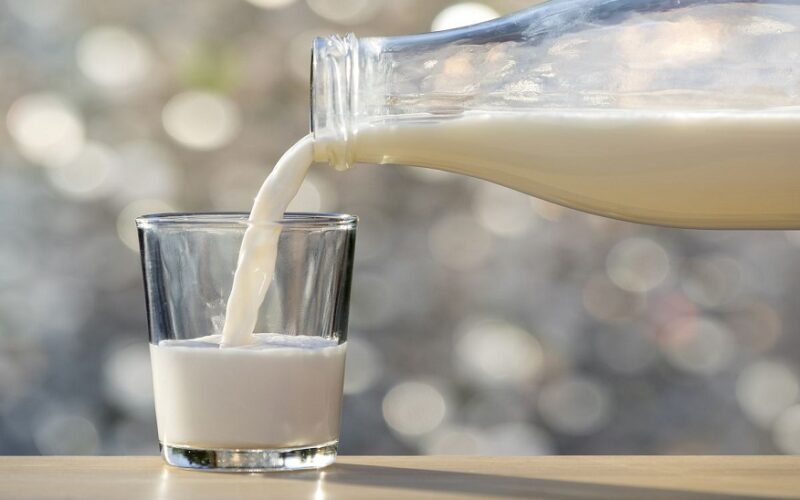The two terms goat milk and goat milk formula should not be mixed up. Goat milk is a fantastic source of nutrition for older children and adults, but goat milk formula is made specifically to meet the needs of infants. Given that each of these formulas has unique qualities and advantages as a result of the natural nutrients found in goat’s milk, it is important to examine the differences between the two in order to truly comprehend the distinctions between regular milk and goat’s milk formula. Some of the most significant variations between goat milk and goat milk formula are listed below.
1. Goat Milk Protein is Easy to Digest
The type of protein curd that forms in the stomach and how quickly it breaks down are both critical factors in how easily milk can be digested. Compared to cow milk proteins, the curd made by goat milk proteins in the stomach is smaller, softer, and looser, and it breaks down more quickly. In Particular, goat whey digests more quickly than cow whey. Goat Milk Formula and goat milk both contain simple-to-digest proteins.
2. The Ratio of Whey to Casein Proteins
Whey and casein are the two main categories of milk proteins found in breast milk, cow, and goat’s milk. Cow and goat milk naturally contain more casein than whey, whereas breast milk contains 60% whey and 40% casein proteins. They both have 80% casein and 20% whey proteins. Formulas may contain whey in an effort to more closely mimic the nutritional profile of breast milk. In contrast to goat milk, goat whey has been added to goat milk formula to adjust the whey-to-casein ratio and bring it closer to that of breast milk.
3. Modelling Important Fats
For infants, fat is an essential macronutrient. Goat milk has different fats than goat milk formula. While goat’s milk fat is simple to digest and abundant in healthy short- and medium-chain fatty acids, it does not have the same structure or composition as fatty acids found in breast milk. A premium fat combination with beta palmitate, modelled after the fats in breast milk, is present in goat milk formula. Increased nutrient absorption (for nutrients like calcium and fat), higher bone mass, and improved stool consistency have all been linked favourably to fat blends containing beta palmitate.
4. Fortification Fills the Gaps
Children below the age of two require high-nutrient foods. Goat milk alone lacks significant levels of micronutrients essential for toddler development and growth such as folate, B12, iron, and vitamins D, B12, and C. Goat milk is also low in omega-3 fatty acids (DHA). Goat Milk Formula is fortified with 22 minerals and vitamins including folic acid, B12, and iron, as well as DHA and ARA, essential fatty acids that support vision and brain development.
5. The Best Choice for Each Age & Stage
Goat Milk Formula is an alternative to regular goat milk for toddlers aged 12-24 months. It’s gentle on your little one’s stomach, naturally easy to digest, and fortified with important nutrients that may be difficult for children to obtain through diet alone.
To Conclude
Parents usually switch to a follow-up formula after using formula for their babies. When using a specific baby formula, it is always recommended to stick with the same brand as your child grows older. Kabrita goat milk formula is one of the best when it comes to choosing your goat milk formula from a sea of baby formula brands. Our natural goat’s milk powder makes the most of fresh goat’s milk, providing your child with benefits such as improved digestion.

